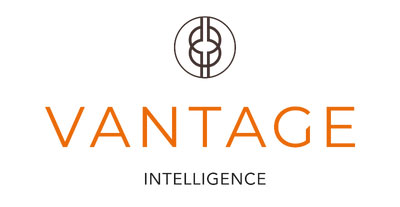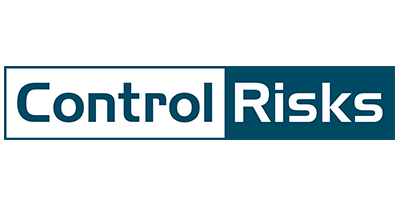Knowledge Hub
Join the Conversation!
Impartial and independent, ThoughtLeaders4 FIRE Knowledge Hub hosts cutting edge industry content and insight.
Email maddi@thoughtleaders4.com to submit content.
Digital Assets After Death
Date: 11/03/2024 Type: Articles Topic: Private Client | Trusts | Wills and Estates | Inheritance | Next Generation Wealth | Investment and HNWI’s | Tax |A modern stumbling block for those administering a will are the digital assets the person may own and how they are dealt with after death and their inclusion, or lack of, within a conventional will. Here we explore in more detail as to how this area is evolving to adapt to this new type of modern day asset.
Digital assets are anything that has a value and only held digitally. There is no tangible item that can be classed as being associated to that asset, for example cryptocurrency and bitcoin. It is also possible to include photos, videos and social media accounts as digital assets as well. Each type of digital asset potentially needs to be dealt with differently and they will also vary greatly in value. Some of the digital assets held, such as photos, will have no value to any other person except the deceased or those close to them. Whereas other digital assets that can be used as a form of currency such as bitcoin have fluctuating values.
Strictly speaking digital assets should be dealt with the same way as any other asset within an estate. If they are specifically noted in the will as being transferred to a specific beneficiary, then they will pass the same way as any other tangible asset does at the time the estate is administered following the death. If the assets are not listed in the will at all, then they will form part of the residuary estate and potentially have to be divided up between beneficiaries or administered by trustees and/or executors.
Issues with digital assets can include their value, the value on specific dates and how this is assessed, the transferability of the asset itself and access to the digital asset. The most common form of digital assets that holds value is cryptocurrency. The value of cryptocurrency generally fluctuates from day to day and therefore the valuation as at the date of death must be noted carefully. The value must also be obtained from a reputable source that relates directly to the specific type of cryptocurrency held. Due to the varying value of the asset, it is also important that proof of the valuation is obtained as soon as possible following the date of death and retained until the administration of the estate has been completed.
The transferability of an asset will once again depend on the type of asset that is being dealt with. If the asset is held on a personal device such as a laptop and is an asset such as photographs it may be possible that the assets can be extracted by the executors or beneficiaries, or in some circumstances a digital expert may be instructed to extract the documents. However, the transferability of cryptocurrency may prove more difficult. It would be ideal if the deceased had made preparations for the transfer as part of their will by providing any access codes, keys and/or passwords and storing those in hard copy (where possible) either with the Will or other paperwork. In the real world this is rarely done, and the majority of digital assets are either not thought of at all and therefore not passed to the relevant beneficiaries or they are dealt with on a very simple level, for example, photos are extracted and no other digital assets are reviewed as part of the process. Another aspect which, depending on the nature of the asset, may need careful consideration is the intellectual property rights arising from any digital assets.
The main risk with digital assets and the administration of them after a person has passed away is accessing them. If the deceased has not made any provision for their digital assets after their death then the likelihood of it being possible to access them is very low. With the majority of digital assets it is very unlikely that there will be a point of contact where you can provide a grant of probate and then be provided with access as you would to a bank. Indeed, some providers such as Apple have terms and conditions where Apple assert ownership of an account on death. If the assets you are attempting to access are of a significant financial value then this could potentially be very difficult for those who are administering the estate. It may also be possible that the assets are completely inaccessible to a person other than the deceased. The result of this is an inaccessible asset on which the estate will potentially be liable to pay inheritance tax if it has a financial value and the necessary thresholds are met.
Any risks with digital assets being administered as part of an estate can be avoided by the person who has the will by listing all the digital assets they hold with access codes, passwords and any other relevant pieces of information as an annex or schedule to the will. This should go some way to help avoid potential issues as best as possible for the executors of the estate and it will likely minimise the risk of disputes.
If you are holding digital assets or administering the estate of a deceased person that owned digital assets there are many ways they can be dealt with. In an ever-changing world which is moving to be increasingly digital day by day, those practicing in this area will need to be more aware of these issues than ever before. It is also crucial that individuals that have investment portfolios of any size that include digital assets are aware of this potential pitfall that could occur post death and make the relevant preparations ahead of time. In addition, the possibility of disputes arising from digital assets after death is also increasing which will be unavoidable until there is a legal framework put in place to ensure digital assets are dealt with in the same way as tangible assets, but the risk can be mitigated by putting in place the measures we have set out above.
Author
Helen Briant & Hannah Jakeman - Trowers & Hamlins
Our FIRE Corporate Partners










































